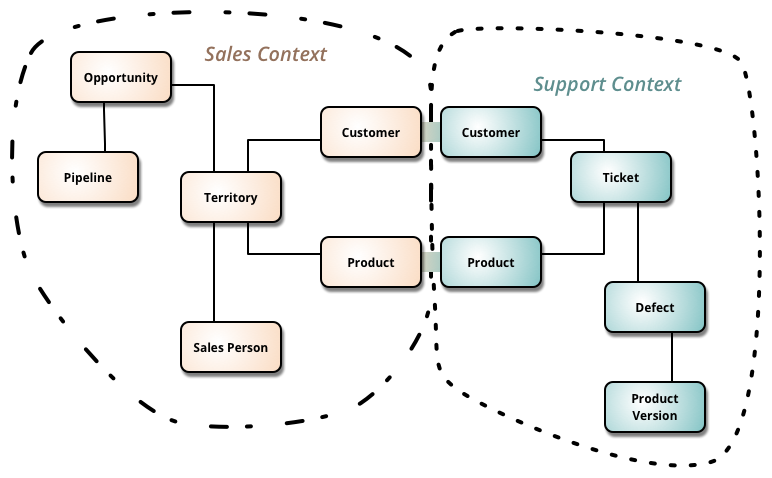Sublime
An inspiration engine for ideas
The Gang of Four stated two principles of good object-oriented design that were present in all the patterns: “favor object composition over class inheritance” and “program to an interface, not an implementation.”8
Adam Barr • The Problem With Software: Why Smart Engineers Write Bad Code (The MIT Press)
When software is done right, it requires a fraction of the human resources to create and maintain. Changes are simple and rapid. Defects are few and far between. Effort is minimized, and functionality and flexibility are maximized.
Robert C. Martin • Clean Architecture: A Craftsman's Guide to Software Structure and Design (Robert C. Martin Series)

When the team has decided on modules first, and when deployment options start out as simple as possible, that approach puts them on solid ground to make decisions based on empirical information at the most responsible time.
Tomasz Jaskula • Strategic Monoliths and Microservices: Driving Innovation Using Purposeful Architecture (Addison-Wesley Signature Series (Vernon))
There are some important rules to follow when implementing the strangler pattern:
Jez Humble, Joanne Molesky, • Lean Enterprise: How High Performance Organizations Innovate at Scale
Early on, when the team is small (2–15 people), typically processes are loose as the overhead in aligning o... See more
Evolution of Monolithic Systems
The authors built many distributed systems a few decades ago when they first became popular, yet decision making in modern microservices seems more difficult, and we wanted to figure out why. We eventually realized that, back in the early days of distributed architecture, we mostly still persisted data in a single relational database. However, in m
... See moreMark Richards • Software Architecture: The Hard Parts
